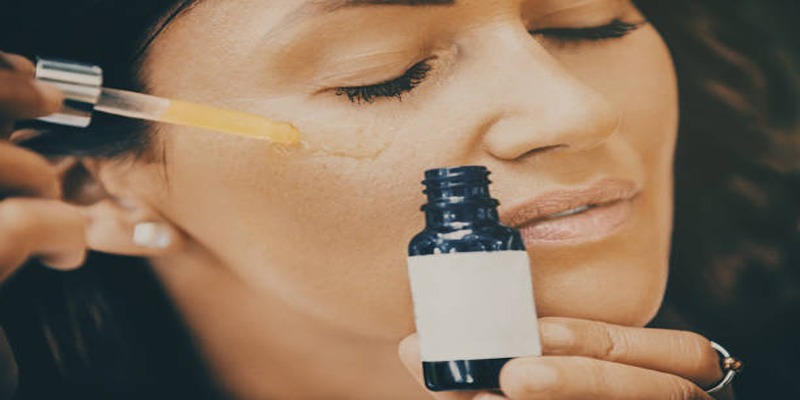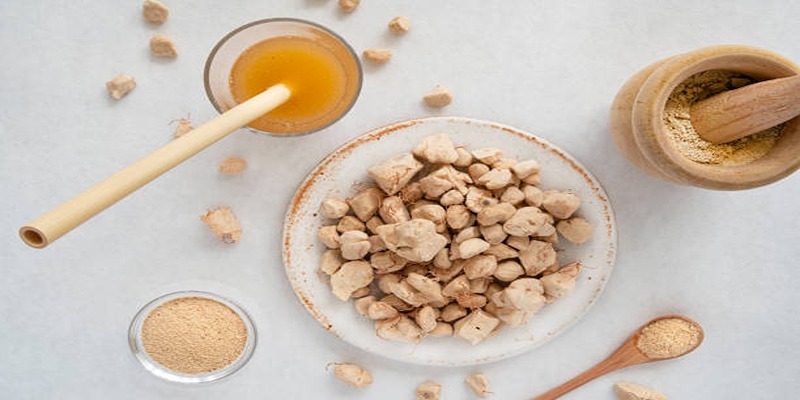Retinol is another name for Vitamin A and the term retinoids commonly features regularly in skincare as it has a specific positive impact on the skin. This range of products is commonly prescribt by dermatologists since they help minimize fine lines, treat acne and skin texture. And what more are they, and how do they function? Retinol is a vit-A derivative and when used externally it stimulates cell production thus leading to development of new cells hence the beautiful skin. Retinoids are only stronger versions, which are available with prescription and act even more on the issues related to skin. Although, they give numerous advantages, understanding how exactly they should be used is crucial since they can create skin irritation if not used in the correct manner. This introduction will give you information on its advantages and how to use in your skin care regimen.
What are Retinol and Retinoids?

Retinol and retinoids are proven forms of vitamin A which is an important nutrient for the skin. Characterised by working by attaching to certain receptores within the skin, they help to promote new cell generations and increase collagen present within the skin. This can lead to better skins tone, elasticity and reduced effects of wrinkle formation in the skins surface.
Differences between retinol and other retinoids
Retinol is a milder form of vitamin A that is available over-the-counter in skincare products. It works by converting to retinoic acid, the active form of vitamin A, once it is absorbed into the skin. This conversion process makes retinol less potent than other retinoids and can take longer to see results.
On the other hand, prescription-strength retinoids like tretinoin or adapalene are already in their active form and can offer more rapid and dramatic improvements in skin texture and appearance. However, these stronger versions may also cause more irritation or sensitivity.
Benefits of Retinol and Retinoids
Retinol and retinoids are known for their ability to improve skin health and appearance. Here are some of the benefits they offer:
- Reduced appearance of fine lines and wrinkles: Retinol and retinoids can help stimulate collagen production, leading to smoother, more youthful-looking skin.
- Improved skin texture and tone: By increasing cell turnover, these ingredients can also help with issues such as scarring or hyperpigmentation.
- Acne treatment: Retinoids are often used in acne treatments for their ability to unclog pores and reduce inflammation. They can also help with post-inflammatory hyperpigmentation caused by acne.
- Anti-aging effects: Retinol and retinoids can also have anti-aging effects, such as reducing the appearance of age spots and improving overall skin elasticity.
How to Incorporate Retinol and Retinoids into Your Skincare Routine
When starting to use retinol or retinoids, it's essential to start slow and gradually build up tolerance. Here are some tips for incorporating them into your skincare routine:
- Start slow: Begin by using the product only once or twice a week and gradually increase frequency as your skin adjusts.
- Use at night: Retinol and retinoids can make your skin more sensitive to the sun, so it's best to use them at night. Make sure to use sunscreen during the day.
- Moisturize: These ingredients can be drying, so it's crucial to moisturize regularly while using them.
- Avoid mixing with other active ingredients: To avoid irritation, it's best not to use retinol or retinoids with other active ingredients like AHAs or BHAs.
- Be patient: Results from retinol and retinoids may take several weeks to appear, so be patient and consistent with your usage.
Potential Side Effects and How to Manage Them
While retinol and retinoids offer numerous benefits, they can also cause some side effects, especially when not used correctly. Here are some potential side effects and how to manage them:
- Irritation: Retinol and retinoids can cause redness, dryness, or peeling if used too frequently or in high concentrations. Start slow and gradually increase usage to avoid irritation.
- Sensitivity to the sun: As mentioned earlier, these ingredients can make your skin more sensitive to the sun. Make sure to use sunscreen daily and limit sun exposure while using retinol or retinoids.
- Purging: When first starting with these ingredients, you may experience a period of purging, where your skin may break out initially. This is normal and should subside as your skin adjusts.
Choosing the Right Product for Your Skin Type

When it comes to choosing a retinol or retinoid product, it's essential to consider your skin type. Some formulations can be too harsh for certain skin types and may cause more harm than good. Here are some general guidelines for different skin types:
- Dry/sensitive skin: Look for products with lower concentrations of retinol or gentler forms of vitamin A, such as retinyl palmitate.
- Oily/acne-prone skin: Consider using prescription-strength retinoids like tretinoin or adapalene, which can help with both acne and anti-aging concerns.
- Combination/normal skin: You may have more options when it comes to choosing a retinol or retinoid product, but still, start slow and monitor your skin's reaction.
Conclusion
Retinol and retinoids offer numerous benefits for skin health and appearance, but it's crucial to use them correctly to avoid potential side effects. Remember to start slow, be patient, and consult with a dermatologist if you have any concerns or experience severe irritation. With the right product and proper usage, retinol and retinoids can be excellent additions to your skincare routine. So why not give them a try and see the amazing results on your own skin! Keep in mind that consistency is key when it comes to using these ingredients for long-term benefits.







